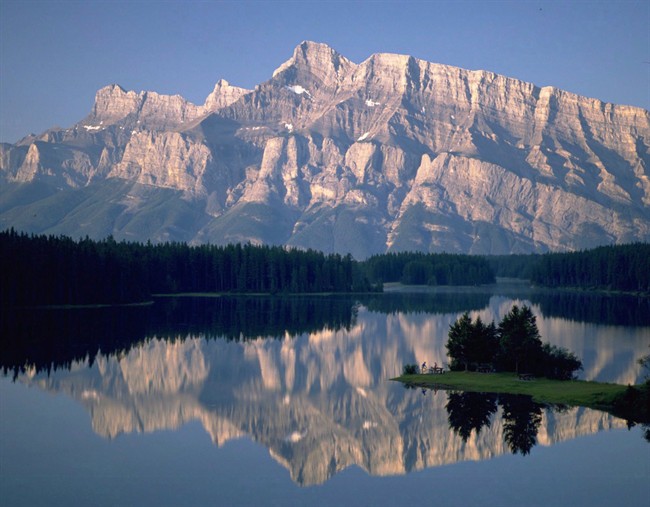It sounds like a no-brainer — a bike trail alongside a world-famous scenic highway through two of Canada’s best-loved national parks.

But Parks Canada documents show the proposed trail down the Icefields Parkway between Banff and Jasper raises a host of complications, from damage to wildlife habitat to safety concerns and increased development pressure.
“It might sound like an innocent trail, but it also comes with other considerations,” said Alison Ronson of the Canadian Parks and Wilderness Society, which has opposed the current proposal.
The most recent federal budget contained $66 million to develop a 107-kilometre bike trail from the Jasper townsite to the Columbia Icefields along the parkway. The trail could eventually extend all the way to Banff.
Cyclists currently hug a narrow shoulder along the highway. Parks Canada is proposing a separate, paved route buffered from the busy road by 10 to 20 metres of trees.
Parks Canada is conducting public consultations on the idea.
Environmental groups have expressed concerns about it. Documents obtained under Freedom of Information legislation by researcher Ken Rubin and provided to The Canadian Press suggest Parks Canada officials have some of the same qualms.
“Trail use is likely to be high and will induce further development … or at least demands for further development,” reads a 2016 background document.

Get daily National news
Pullouts and rest stops may need to be built every five to 10 kilometres. The trail would also have to be connected to campgrounds and other infrastructure with more asphalt. Those pressures are not considered in the current plans or environmental assessments, the document says.
Watch below: Banff Park wardens use surveillance cameras to enforce trail restrictions
The trail would lead through critical habitat for bats, olive-sided flycatchers and two threatened species — the mountain caribou and the whitebark pine.
Wetlands along the trail are “insufficiently mapped,” the documents say. A salt lick for mountain goats would have to be considered.
The trail could also create encounters between cyclists and grizzly bears. Grizzlies are drawn to berries that grow where trees have been cleared, the documents note, adding cyclists are less likely to carry bear spray and travel quietly at much higher speeds than hikers.
“Some mitigation measures could have relatively significant costs which should be factored into decision-making,” the documents say.
The documents show Parks Canada is wary of public concern.
“Call it (a) bike lane, not trail,” says one. “‘Trail’ is setting off amber flags for a number of constituents.”
Parks Canada was unable to provide a staff member to discuss the documents.
The agency has previously said it is trying to find ways to widen its appeal beyond traditional visitors.
“Developing new services and visitor offers, such as the Icefields trail, allows more Canadians, including youth and newcomers, to experience the outdoors and learn about our environment.” spokesman Steve Young said in an email last summer.
Parks Canada’s management plans for the parks do include expanding cycling opportunities. But Ronson said that could be done by expanding the shoulder of the current highway. The documents say that would be difficult to engineer, given the terrain.
Ronson’s group has already calculated the amount of paving needed for a trail along the entire highway would be the equivalent of 116 football fields.
The total budget for the project is about $86 million. Ronson said that money would be better spent on Parks Canada’s primary job of protecting and studying park environments.
“Over the last few years, their budget has been cut so much that we don’t see enough interpretation or education now,” she said.
“This is really egregious when you consider the cuts to the science and conservation programs in the park.”





Comments